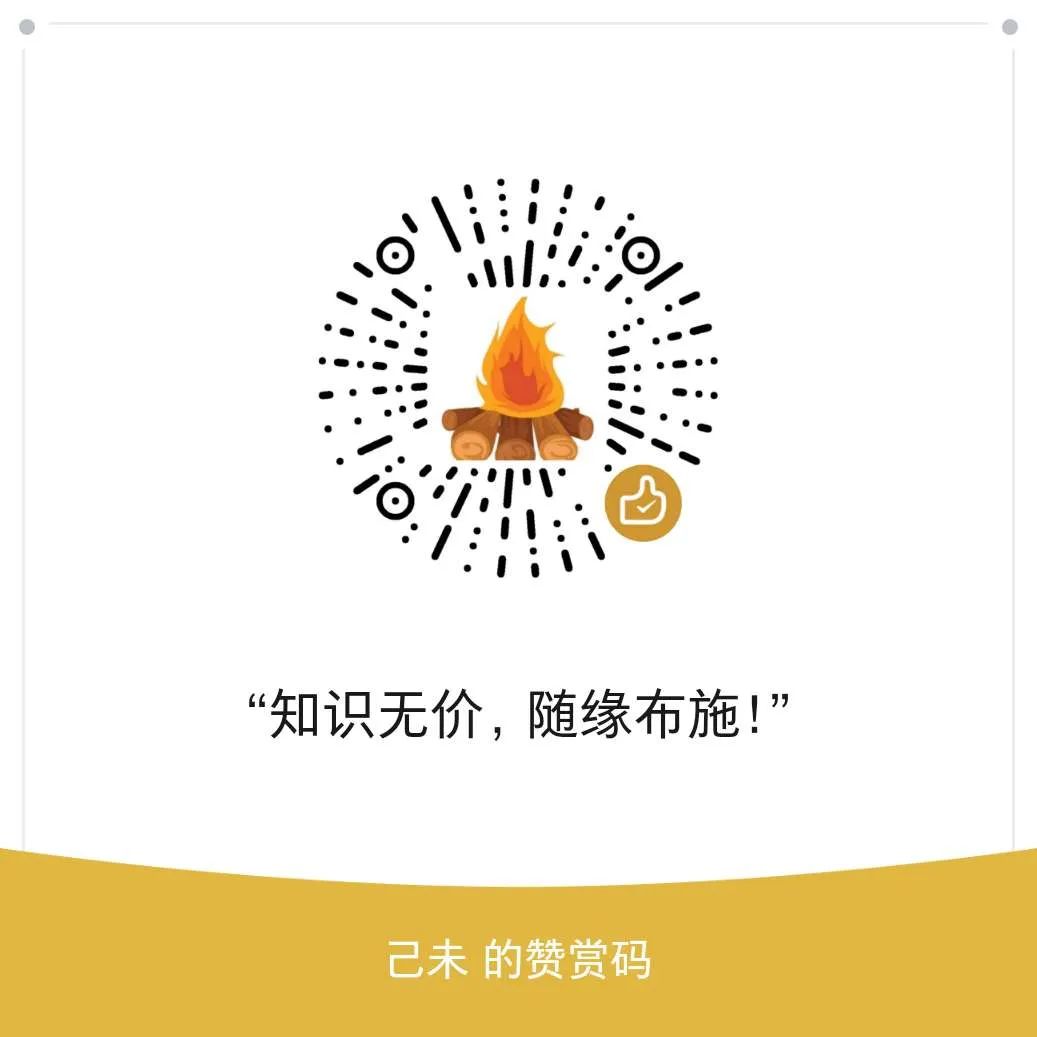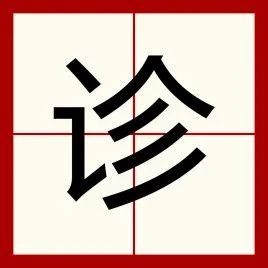



Outline of the Ten Methods of Observation
In general, observation diagnosis begins with the division of body parts, followed by the observation of complexion. To understand the subtlety of the five colors, one must know the outline of the ten methods. The ten methods are: floating, sinking, clear, turbid, subtle, intense, scattered, gathered, moist, and withered. What is meant by floating and sinking? Colors that are apparent on the skin are termed floating, while those hidden beneath the skin are termed sinking. Floating indicates a disease on the surface, while sinking indicates a disease within. Initially floating and then sinking indicates a disease that has moved from the surface to the interior, while initially sinking and then floating indicates a disease that has moved from the interior to the surface. This is how floating and sinking differentiate between surface and interior.
What is meant by clear and turbid? Clear refers to brightness and a relaxed color, while turbid refers to darkness and a grim color. Clear indicates a disease in the Yang, while turbid indicates a disease in the Yin. From clear to turbid indicates that a Yang disease has entered the Yin, while from turbid to clear indicates that a Yin disease has transformed into Yang. This is how clear and turbid differentiate between Yin and Yang.
What is meant by subtle and intense? A light color is termed subtle, while a deep color is termed intense. Subtle indicates a deficiency of righteous Qi, while intense indicates an excess of pathogenic Qi. From subtle to intense indicates a transition from deficiency to excess, while from intense to subtle indicates a transition from excess to deficiency. This is how subtle and intense differentiate between deficiency and excess.
What is meant by scattered and gathered? Scattered indicates looseness, while gathered indicates stagnation. Scattered colors are open, while gathered colors are closed. Scattered indicates that a disease is about to resolve, while gathered indicates that a disease has accumulated over time. Initially gathered and then scattered indicates that although the disease has persisted, it is about to resolve. Initially scattered and then gathered indicates that although the disease is near resolution, it is gradually accumulating. This is how scattered and gathered differentiate between duration and proximity.
What is meant by moist and withered? Moist colors indicate vitality, while withered colors indicate decline. Moist indicates life, while withered indicates death. Gradually withering while moist indicates a revival of spirit, while gradually moistening while withered indicates a decline in blood and Qi. This is how moist and withered differentiate between success and failure. The ten methods are used to discern the quality of color, while the five colors are used to discern the quality of Qi. Qi is the transformation of color, while color is the constancy of Qi. Qi clarifies the principles of color, while color elucidates the meanings of Qi. Qi and color are interdependent; when analyzed separately, the subtle path becomes evident, and when viewed together, the changes in symptoms become clear. This is the outline of Qi and color. The classics state that if the observation of Qi is not subtle, one cannot discern right from wrong. If one does not focus, one cannot know the new from the old. This is what is meant by this.
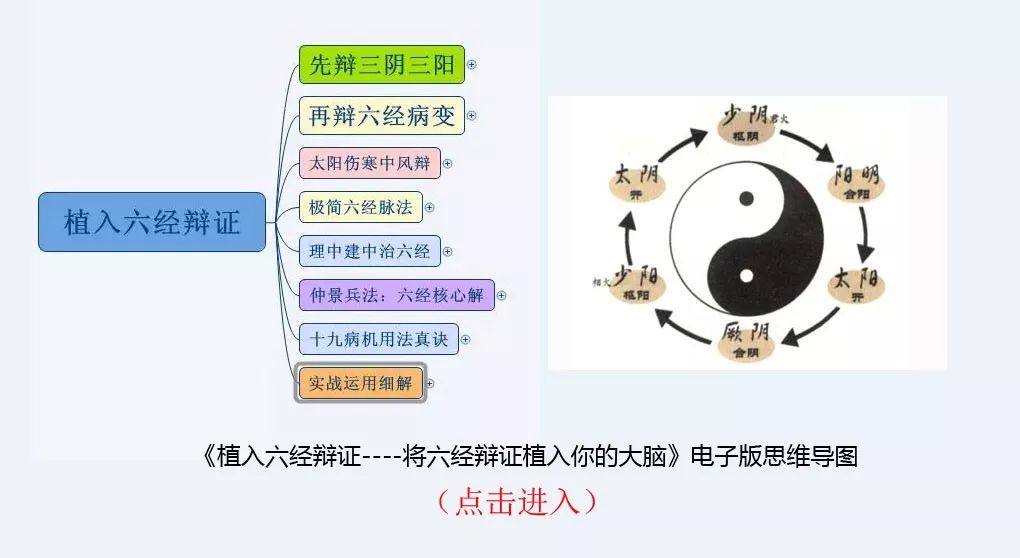
General Principles of Yin and Yang Observation
Observing the color of the bright hall, one examines the organs and their locations as the body, while using the complexion as the method of diagnosis. Therefore, by observing separately, one can recognize the normal, and by observing together, one can understand the changes. However, to understand the normal and the changes, one must not stray from the principles of Yin and Yang. Yin and Yang are the principles of heaven and earth, the framework of all things, the parents of change, the origin of life and death, and the abode of spirit. Therefore, using the five colors to differentiate: green belongs to Shao Yang, flourishing in spring; red belongs to Tai Yang, flourishing in summer; white belongs to Shao Yin, flourishing in autumn; black belongs to Tai Yin, flourishing in winter; yellow belongs to the central earth, residing in all four seasons, flourishing in late summer.
In terms of the six divisions, the external, upper, and left are all Yang, while the internal, lower, and right are all Yin. Using the ten methods, floating, clear, intense, and scattered are Yang, while sinking, turbid, subtle, and withered are Yin. Thus, when Qi and color are observed together, and the locations are mutually examined, Yin and Yang are interwoven, with Yin containing Yang and Yang containing Yin. This is the general principle of Yin and Yang.
Considering the principles of Yin and Yang, Yang is clear while Yin is turbid; Yang rises while Yin descends; Yang is hot while Yin is cold; Yang is active while Yin is still; Yang is external while Yin is internal; Yang is above while Yin is below; Yang is left while Yin is right; Yang is substantial while Yin is insubstantial; Yang is often in excess while Yin is often deficient. Therefore, colors that appear in Yang are easy to treat, while those that appear in Yin are difficult to treat. External pathogens causing Yin diseases that show Yang colors are easy to treat, while Yang diseases showing Yin colors are difficult to treat. Internal injuries of Yang diseases showing Yin colors are easy to treat, while Yin diseases showing Yang colors are difficult to treat. All these principles of Yin and Yang can be combined with Qi, color, and location for mutual reference, and can also be combined with organ and symptom patterns for mutual verification. The 易传 states, “The way is the unity of Yin and Yang; the divine is the unpredictability of Yin and Yang.” The 内经 states, “Those who possess spirit thrive, while those who lose spirit perish.” The changes of Yin and Yang are unified.
Observational Methods for the Elderly and Young
The inability of color to be consistent is due to variations in Qi and constitution, and there are also differences between the young and the old. When young, blood and Qi are abundant, muscles are smooth, Qi pathways are open, and the circulation of Ying and Wei is rapid. As one ages, blood and Qi decline, muscles wither, Qi pathways become obstructed, and the circulation of Ying and Wei slows. Therefore, the color of the elderly often appears haggard, while the color of the young often appears moist and vibrant. The classics state, “At ten years of age, the five organs begin to stabilize.”
When blood and Qi are circulating, Qi is in the lower part, hence they like to run. At twenty years, blood and Qi begin to flourish, and muscles start to grow, hence they like to hurry. At thirty years, the five organs are well established, muscles are firm, and blood vessels are full, hence they like to walk. At forty years, the five organs, six bowels, and twelve meridians are all flourishing, having stabilized, the pores begin to open, and vitality declines, with hair turning gray. They are stable and unshaken, hence they like to sit. At fifty years, liver Qi begins to decline, liver lobes begin to thin, bile begins to decrease, and vision begins to blur. At sixty years, heart Qi begins to decline, leading to worries and sadness, and blood and Qi become sluggish.
Thus, they prefer to lie down. At seventy years, spleen Qi is deficient, skin becomes dry. At eighty years, lung Qi declines, and the spirit may depart, leading to confusion. At ninety years, kidney Qi is exhausted, and the four organs and meridians become empty. At one hundred years, all five organs are deficient, spirit and Qi depart, and the physical body remains alone until the end. Before fifty, the five organs support each other and grow daily; after fifty, the five organs diminish and decline daily. This is the natural order of life. However, there are those who are old yet physically robust, and those who are young yet physically withered. Although there are differences in strength and weakness, there are also variations in flourishing and declining. In essence, those who flourish internally will manifest externally, while those who decline internally will show on the surface. Therefore, by observing the changes in shape and color, one can know the flourishing and declining of the organs. The shape and color of the organs are akin to the roots and branches of a tree. This is the similarity and difference between the elderly and the young, which can be reflected in three aspects.
(This article is excerpted from the “Classic of Observation Diagnosis”)
Outline of Observation Methods for Stool
Zhuangzi said, “The Dao is found in excrement and urine. Is the Dao truly found in excrement and urine?” However, when it comes to excrement and urine, one can also see the Dao. The Dao is indeed present everywhere. Therefore, various texts discuss stool, which can also be used for diagnosis. I believe that stool that has the correct yellow color is considered normal, and that which is balanced in dryness and wetness is considered regular. Knowing what is normal allows one to recognize what is abnormal; knowing what is regular allows one to recognize changes. For example, due to differences in diet, there may be variations in form and color, which is a common change. The diagnostic methods in various texts state that sudden diarrhea is associated with heat, while clear and cold stools are associated with cold. Yellow stools like paste indicate heat in the intestines, while rumbling and watery stools indicate cold in the intestines. Watery stools are due to dampness, while stools that are loose are due to wind. Stools that are like mud indicate diarrhea.
Cold in the large intestine results in stools like sheep droppings, indicating a blockage. If the large intestine is dry, stools will flow like water, indicating dampness. If food is not digested, it indicates cold. If there is excessive diarrhea, it indicates a severe condition. If stools are clear and watery, it indicates cold in the interior. If the stools are pure green, it indicates a Shao Yin disease with urgent diarrhea. If the stools are dry and hard, it indicates fullness in the stomach. If there is blood in the stools, if the blood comes before the stool, it indicates distant blood; if the blood comes after the stool, it indicates near blood. Blood that comes from the intestines is red, while blood that comes from the stomach is black. White dysentery is associated with Qi, while red dysentery is associated with blood. White stools indicate diarrhea from the large intestine, while stools with pus and blood indicate diarrhea from the small intestine. Greenish-white stools indicate deficiency in the large intestine, while stools with fecal matter indicate fullness in the large intestine. Pure green watery stools indicate wind dysentery, while stools that resemble crab paste indicate Qi dysentery. Black stools like bean juice indicate damp dysentery, while yellow stools like fish brains indicate accumulation dysentery. White stools like nasal mucus indicate deficiency dysentery, while black stools like chicken liver indicate parasitic dysentery.
When the five fluids are excreted, dysentery with five colors indicates a sign of spleen weakness. If yellow fluid flows continuously, it indicates a sign of intestinal blockage. Abdominal distension with diarrhea indicates a type of dysentery. Stools that are black like madness indicate blood accumulation. If dysentery occurs with undigested food, it indicates that stomach Qi is not exhausted. If dysentery occurs with dead parasites, it indicates that stomach Qi is about to be exhausted. If one lies down and passes stool without awareness, it indicates death. If one is ill and has stools like muddy water, it indicates death. All these can be diagnosed through stool. However, the difficult classics state that those who enter are substantial, while those who exit are insubstantial. Therefore, if there is constipation, although the physical Qi may be insufficient, the pathogenic Qi may be excessive. If there is diarrhea, although the pathogenic Qi may be excessive, the physical Qi may be insufficient. Therefore, the discussion of the root and branch of disease states that if the disease occurs first and then diarrhea follows, treat the root; if diarrhea occurs first and then other diseases arise, treat the root. If there is difficulty in defecation, treat the branch; if there is ease in defecation, treat the root. If there is initial difficulty in defecation followed by disease, treat the root. If the disease arises with excess, treat the root first, then the branch. If the disease arises with deficiency, treat the branch first, then the root. The Treatise on Cold Damage states that urgent treatment should be given to the interior, and urgent treatment should also be given to the exterior. By combining the four examinations, one can observe the differentiation of root and branch, and the distinction of sequence.
Outline of Observation Methods for Body Shape
I believe that the method of diagnosing body shape must first understand the locations of the meridians, distinguish the depth of the body, examine the differences and similarities, and observe the normal changes, so that the condition can be measured. Why do I say this? Those who are strong have excess Qi and form, while those who are weak have insufficient Qi and form. The overweight often have more blood and less Qi, while the thin often have more Qi and less blood. If there is evil in the heart and lungs, the Qi will remain in the elbows; if there is evil in the liver, the Qi will remain in the armpits; if there is evil in the spleen, the Qi will remain in the thighs; if there is evil in the kidneys, the Qi will remain in the lower back. If wind prevails, there will be movement; if heat prevails, there will be swelling; if dryness prevails, there will be dryness; if cold prevails, there will be floating.
If the body is strong and painful, it indicates excess evil; if the body is weak and withered, it indicates insufficient righteous Qi. If there is swelling, it indicates excess evil; if it is sunken, it indicates deficient righteous Qi. Swelling above is called wind, while swelling below is called water. If swelling occurs from above downwards, it indicates Qi evil is external; if swelling occurs from below upwards, it indicates water evil is internal. If swelling occurs first and then pain, it indicates injury to form; if pain occurs first and then swelling, it indicates injury to Qi. If there is no form but pain, it indicates a Yin condition; if there is form but no pain, it indicates a Yang condition. If there is no form but pain, it indicates that Yang is complete but Yin is injured; if there is form but no pain, it indicates that Yin is complete but Yang is injured. These are all the principles of form. A good diagnostician will push and extend these principles, transforming and connecting them. By observing the depth of the body, examining the locations of the meridians, combining them with Qi and color, and referencing the shape and appearance, even if the diseases are different, their responses will not be exhausted. Therefore, I lament that the Ling Shu contains many living methods, while after Qi Huang, there are few complete physicians. Otherwise, it is difficult to speak with certainty, to adhere to prescriptions, and to expect every detail to fit perfectly.
It is said, “To take the law from above, one may only achieve the middle; if one takes the law from the middle, will it not flow to the bottom?” How much more so for those who learn from the bottom?
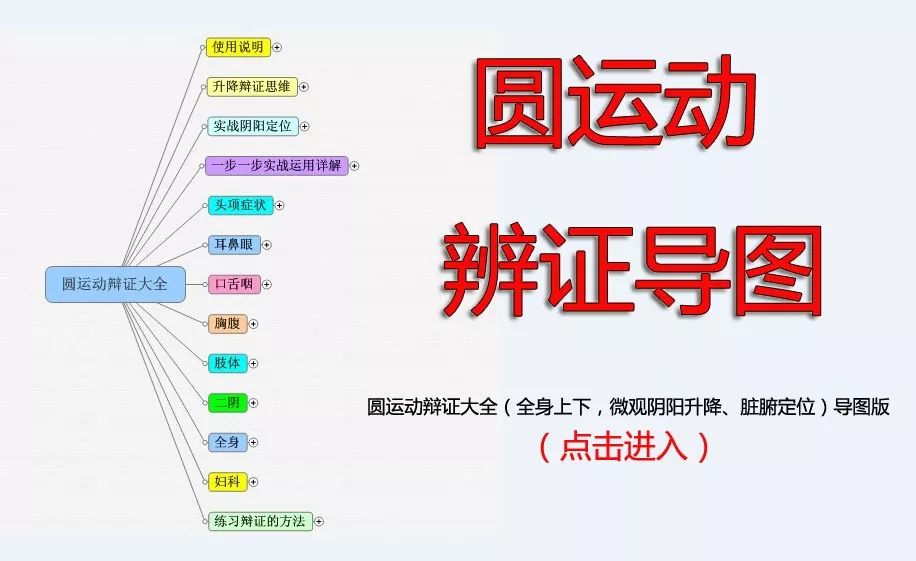
Appendix: Directory of the “Classic of Observation Diagnosis”
Author:Wang Hong Dynasty:Qing Year:1644-1911
Preface
Volume One
Diagnosis methods are often based on the early morning
Observation of color should be calm and still
Bright hall and body parts
Outline of the six parts of the bright hall
Facial features correspond to the organs
The five senses correspond to the five organs
The five colors correspond to the five organs
Outline of the ten methods of observation
General principles of Yin and Yang observation
Outline of the five colors
Outline of diseases corresponding to the five colors
Outline of diseases corresponding to body parts
Seasonal observation methods
Seasonal Qi and color corresponding to diseases
Day and night Yin and Yang observation
Directional observation methods
Observation methods based on Qi and constitution
Observational methods for the elderly and young
Observational methods for living environment
Observational methods for color changes
Observational methods for the healthy
Color should be based on moisture and luster
Interwoven observations of the five colors
Combined observations of the five colors and ten methods
Combined observations of the five colors and six parts
Combined observations of Qi and color
Combined observations of Qi and the portals
Combined observations of color and disease
Combined observations of Qi and sound
Combined observations of Qi and pulse
Combined observations of Qi and symptoms
General principles of observation
General principles of disease entries
Entries for diseases corresponding to green
Entries for diseases corresponding to red
Entries for diseases corresponding to yellow
Entries for diseases corresponding to white
Entries for diseases corresponding to black
Notes on disease entries
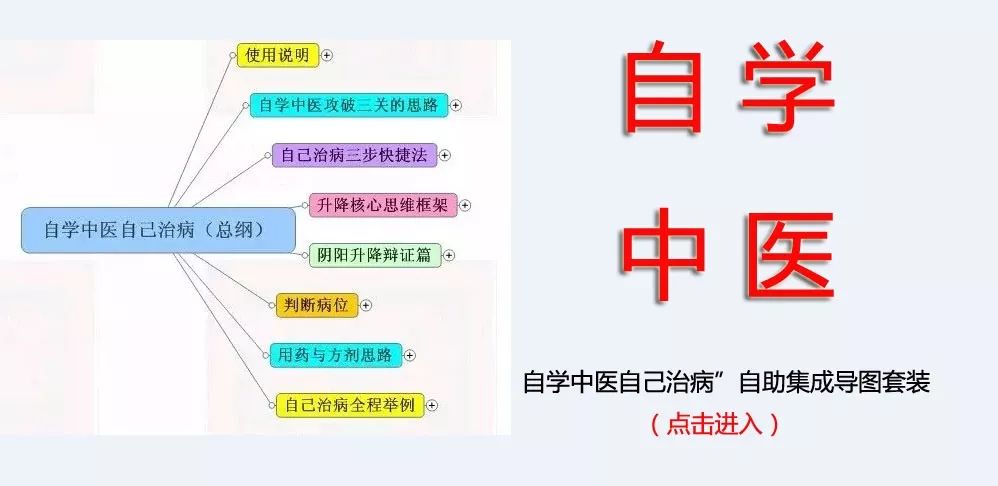
Volume Two
Observational methods for organ locations
Outline of eye observation methods
Outline of eye color observation methods
Outline of eyelid observation methods
Facial observation methods
Entries for eye shape
Entries for eye color
Outline of tongue diagnosis methods
Entries for tongue shape
Entries for tongue color
Entries for tongue coating
Entries for tongue moisture
Outline of mouth diagnosis methods
Entries for mouth shape
Outline of lip diagnosis methods
Entries for lip shape
Entries for lip color
Outline of four whites observation methods
Outline of teeth observation methods
Entries for teeth observation
Outline of nose observation methods
Outline of ear observation methods
Outline of eyebrow observation methods
Outline of beard observation methods
Outline of hair observation methods
Outline of head observation methods
Facial features correspond to the five organs
Facial appearance corresponds to the five organs
Outline of abdominal observation methods
Outline of back observation methods
Outline of hand observation methods
Outline of foot observation methods
Outline of hair observation methods
Outline of skin observation methods
Outline of flesh observation methods
Outline of meridian observation methods
Outline of meridian disease entries
Outline of muscle observation methods
Outline of bone observation methods
Outline of nail observation methods
Outline of breast observation methods
Outline of navel observation methods
Outline of kidney observation methods
Outline of penis observation methods
Outline of sweat observation methods
Outline of blood observation methods
Outline of phlegm observation methods
Outline of stool observation methods
Outline of urine observation methods
Outline of menstrual diagnosis methods
Outline of body shape observation methods
Outline of body appearance observation methods
Outline of facial appearance observation methods
Outline of movement and stillness observation methods
Outline of sitting observation methods
Outline of lying observation methods
Outline of body appearance observation methods
Outline of mental state observation methods
Recommended Purchase of Related Books:
(Reprint statement: This article is reprinted from the internet, and the copyright belongs to the original author. If there is any infringement, please contact us for deletion!)
Original Article Extended Reading:
Six Meridians and Six Major Disease Locations—Three Yin Cold Evil Disease Locations! (Understanding the Last Article on Cold Damage)—> Click to Read
Six Meridians and Six Major Disease Locations—Shao Yang Meridian Disease Locations! (A Small Chai Hu Decoction Dominates)—> Click to Read
Six Meridians and Six Major Disease Locations—Yang Ming Meridian Disease Locations! (Treating Damp Heat is Crucial)—> Click to Read
Six Meridians and Six Major Disease Locations—Tai Yang Meridian Disease Locations! (This Article Understands the Tai Yang Meridian)—> Click to Read
Six Meridians and Six Layers of Vital Energy Restoration! (Complete Explanation of Self-Healing Energy)—> Click to Read
Comprehensive Explanation of Cervical Spondylosis! (Classical Treatment + Secret External Treatment)—> Click to Read
Comprehensive Explanation of Toothache! (Cold Damage Thinking, Disease Mechanism Differentiation, Classical Prescription Symbolism)—> Click to ReadComprehensive Explanation of Insomnia! (Disease Mechanism Differentiation + Core Ideas of Stabilizing Yang)—> Click to ReadComprehensive Explanation of Fever! (Disease Mechanism Differentiation of Cold Damage, Internal and External Treatment Methods)—> Click to Read
Comprehensive Explanation of Headache! (Learning the Essentials of Differentiation)—> Click to Read
For more exclusive TCM secrets, scan the QR code below to follow our public account:

TCM Internal Treatment Course:
“Simplified Classical Prescription Online Class” one-on-one, from differentiation to using classical prescriptions, fully imparted!!! (Click to Enter)
TCM External Treatment Course:
“Hands-On TCM” can treat diseases without any foundation!!! (One-on-one teaching) (Click to Enter)
TCM Learning Mind Map Series:
“Embedding Six Meridians Differentiation”—-Embedding Six Meridians Differentiation into Your Brain” electronic mind map (Click to Enter)
“Self-Learning TCM to Treat Yourself” self-help integrated mind map set (Click to Enter)
“Yin Yang One Principle Treatment Method” (Returning Complex TCM to the One Principle) (Click to Enter)
“Circular Motion Differentiation Encyclopedia” (Up and Down, Micro Yin and Yang Rising and Falling, Organ Positioning) mind map version (Click to Enter)
If this article has helped you
Please scan to reward,as you wish

